“If I had to pick one person responsible for the establishment of the Newport Folk Festival in 1959,” said the festival founder George Weing, “it would be Odetta.” After hearing her album Odetta Sings Ballads and Blues, Bob Dylan said he put down his electric guitar and went acoustic. “Right then and there,” said Dylan in a 1978 interview with Playboy. “I went out and traded my electric guitar and amplifier for an acoustical guitar, a flat-top Gibson.”
Born Odetta Holmes on December 31, 1930, in Birmingham, Alabama, after her family moved from the south to Los Angeles in 1937, she grew up listening to everything from opera to the Saturday night Grand Ole Opry radio broadcasts.
While taking piano lessons at age 11, her piano teacher convinced her to sing before Harry Burnett, a founder of the Turnabout Theatre where Odetta’s mother worked as a custodian offered to pay for her singing lessons.
As a teen, Odetta received classical voice lessons and joined the stage production of Finian’s Rainbow in 1950 as a singer. “A teacher told my mother that I had a voice, that maybe I should study,” Odetta once said. “But I myself didn’t have anything to measure it by.”
Videos by American Songwriter
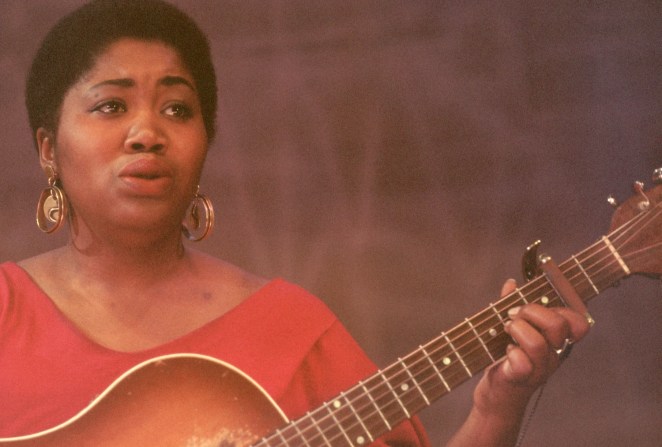
While working on the lower register of her voice with New York City singer Paul Reese, she was first turned on to folk music. By the 1930s and ’40s, the genre was driven by Peter Seeger and the Weavers, and Woody Guthrie. While there were Black artists like Lead Belly and Josh White at the time, there weren’t many Black women representing the genre except blues and jazz singers like Ma Rainey and Bessie Smith, along with Elizabeth Cotten who bridged into folk more.
She later received a degree in classical music from Los Angeles City College and while traveling with Finian’s Rainbow production met folk singer Larry Mohr in San Francisco, and the two released The Tin Angel in 1954, Odetta’s first album. The duo parted ways soon after Mohr was drafted into the army and she continued a solo career, releasing her debut Odetta Sings Ballads and Blues in 1956, featuring traditional songs and covers including Lead Belly’s “Alabama Bound.”
This was the album that turned Dylan—who said he heard something “vital and personal” in her recordings—back around to folk. “I learned all the songs on that record,” Dylan said.
Odetta later took on songs by Guthrie, and Earl Robinson, among others, and also bridged into blues with Odetta and the Blues in 1962 after parting ways with her label and continued blending both on Sometimes I Feel Like Cryin’ and several more albums. Odetta Sings Folk Songs from 1963 features her first cover of Dylan with “Blowin’ in the Wind.”
Odetta’s first songwriting credit appeared on the title track of her 1964 album It’s a Mighty World and again on subsequent albums, penning “Give Me Your Hand,” “Oh, My Babe,” “Child of God,” “Hogan’s Alley,’ and the majority of the tracks on Odetta from 1967, along with “Hit or Miss” and “Movin’ It On” from Odetta Sings in 1970, which also features Carole King on piano.
During the 1950s and ’60s, Odetta laid a foundation for earlier female folk singers, influencing everyone from Joan Baez to Janis Joplin, and Carly Simon. “I didn’t know I wanted to sing until I heard Odetta,” said Simon in Ian Zack’s 2020 book Odetta: A Life in Music and Protest.
“I’m not a real folk singer,” Odetta once said. “I’m a musical historian. I’m a city kid who has admired an area and got into it.”
[RELATED: 4 Bob Dylan Cover Albums by Grateful Dead, Bryan Ferry, and More]

The Civil Rights Movement
Along with becoming a prominent figure in the folk revival movement of the 1950s and ’60s, Odetta’s music buttressed the Civil Rights movement with songs like “Oh Freedom” and “I’m on My Way” leading marches. In 1963, Odetta also marched with the Rev. Dr. Martin Luther King Jr. during the March on Washington for Jobs and Freedom and performed for President John F. Kennedy during the nationally televised civil rights program Dinner with the President.
“They were liberation songs,” Odetta said. “You’re walking down life’s road, society’s foot is on your throat, every which way you turn you can’t get from under that foot. And you reach a fork in the road and you can either lie down and die or insist upon your life.”
Rosa Parks, who refused to give up her bus seat to a white passenger during segregation in Montgomery, Alabama in 1955 said “All of the songs Odetta sings,” when asked which songs meant the most to her.
Called the “Queen of American Folk Music,” the conviction in Odetta’s singing portrayed a divisive America and a slightly romanticized version, of love, and life with songs like “Baby, I’m in the Mood for You,” “The Little Light of Mine,” and “Easy Rider.”
‘Odetta Sings Dylan’
In 1960, Odetta and Dylan first met in Minneapolis and she was there during the Newport Folk Festival in 1965 when he pulled out his electric guitar. “I remember being at Newport when Dylan brought the electric in,” she recalled, “And he did a little of the old and a little of the new, and I
heard the “boos.”
Just as he was going electric, Odetta released a cover album of his earlier folk songs with Odetta Sings Dylan, featuring her renditions of “Baby, I’m in the Mood for You,” “Don’t Think Twice, It’s All Right,” “Tomorrow Is a Long Time,” “The Times They Are A-Changin’,” “Paths of Glory,” and more.
On January 20, 1968, Odetta joined Dylan, along with Seeger, Ramblin’ Jack Elliot, Judy Collins, Arlo Guthrie, Richie Havens, and Tom Paxton at Carnegie Hall in New York City for a tribute to Guthrie, who died a year earlier.
Odetta released her 18th and final album Looking for a Home in 2001. She died from heart disease on December 2, 2008, in New York City at age 77.
Photo: Michael Ochs Archives/Getty Images


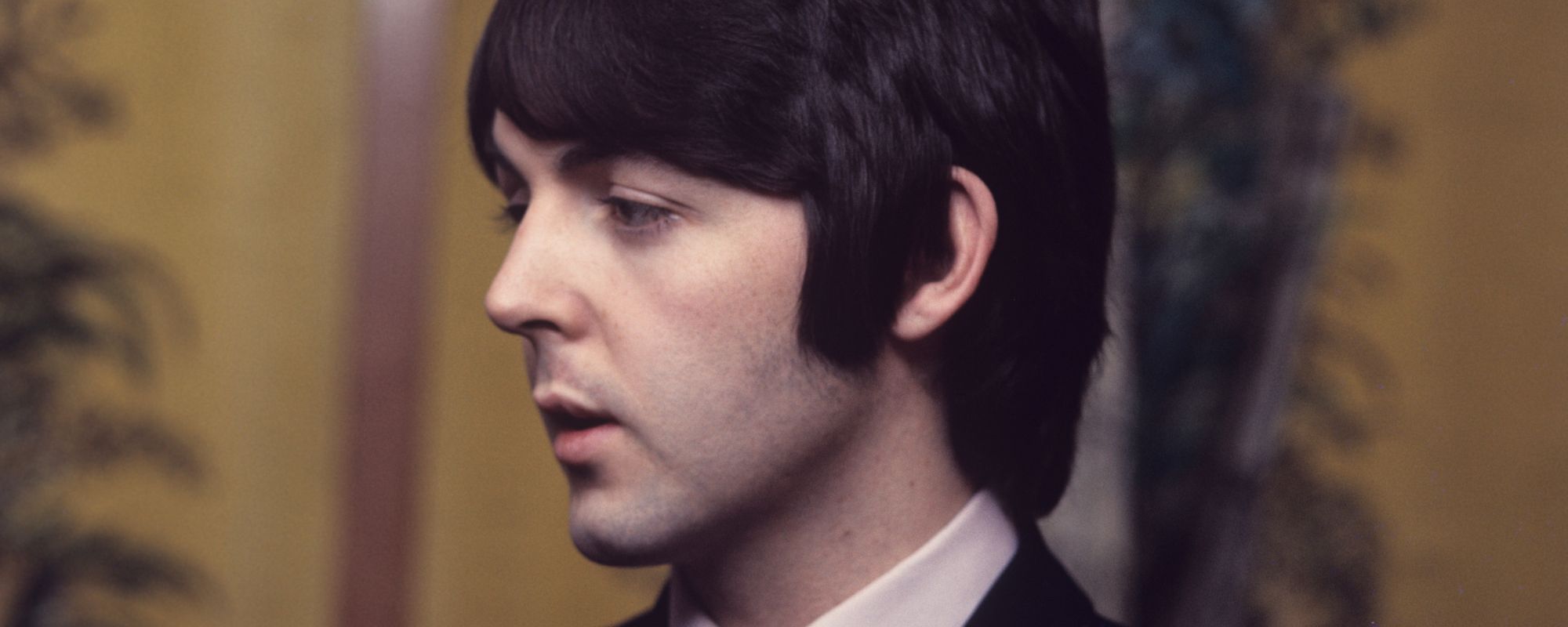

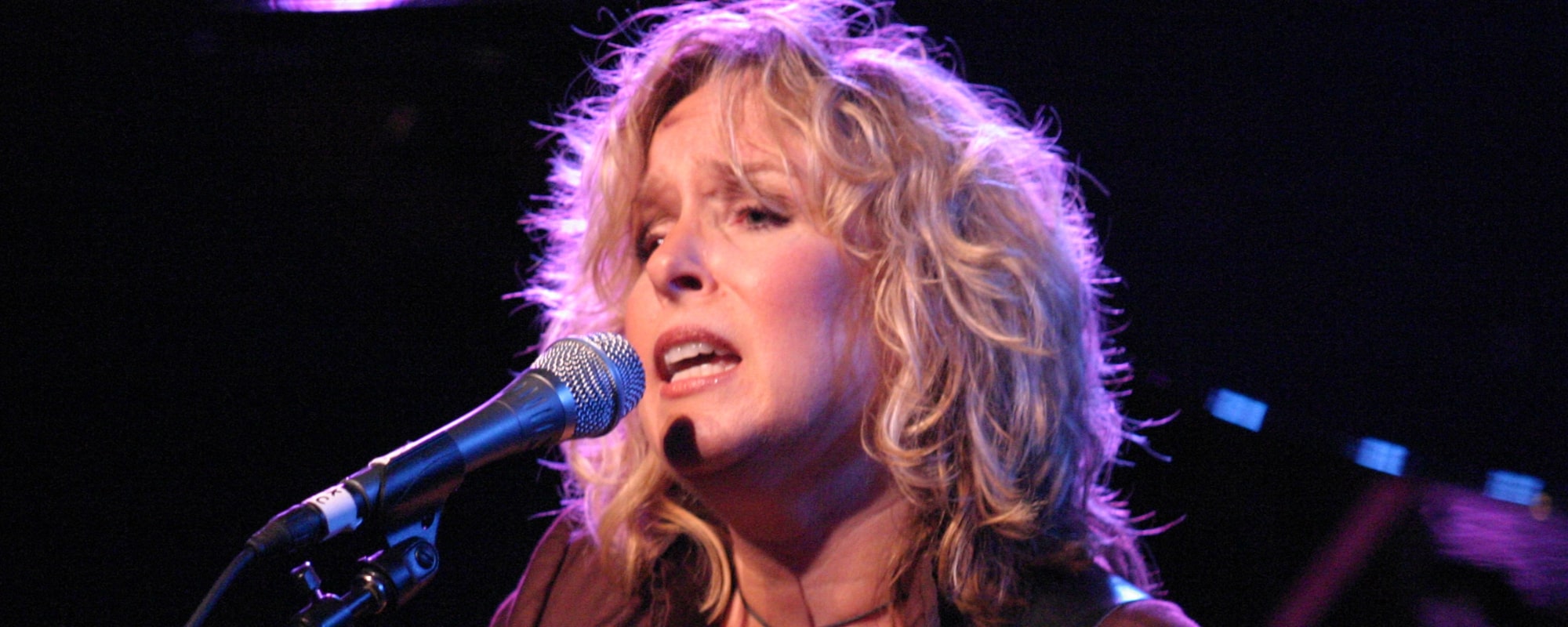
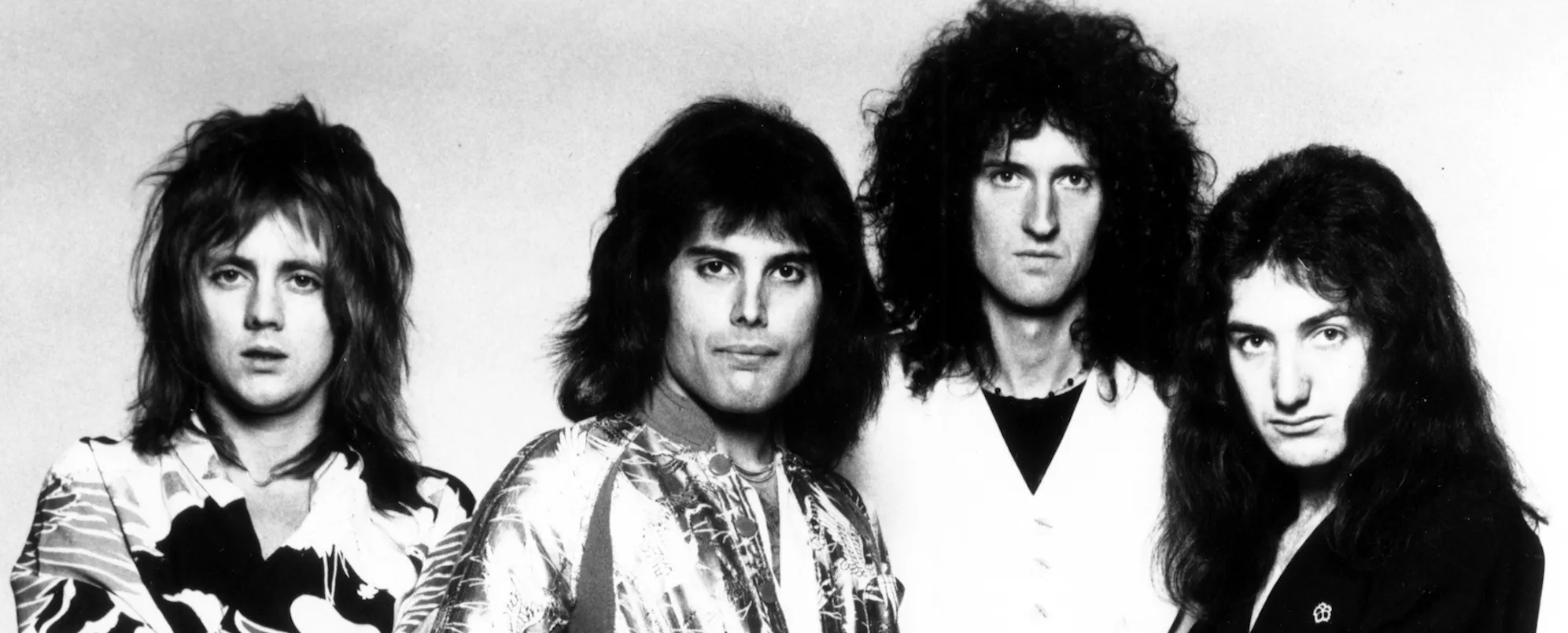
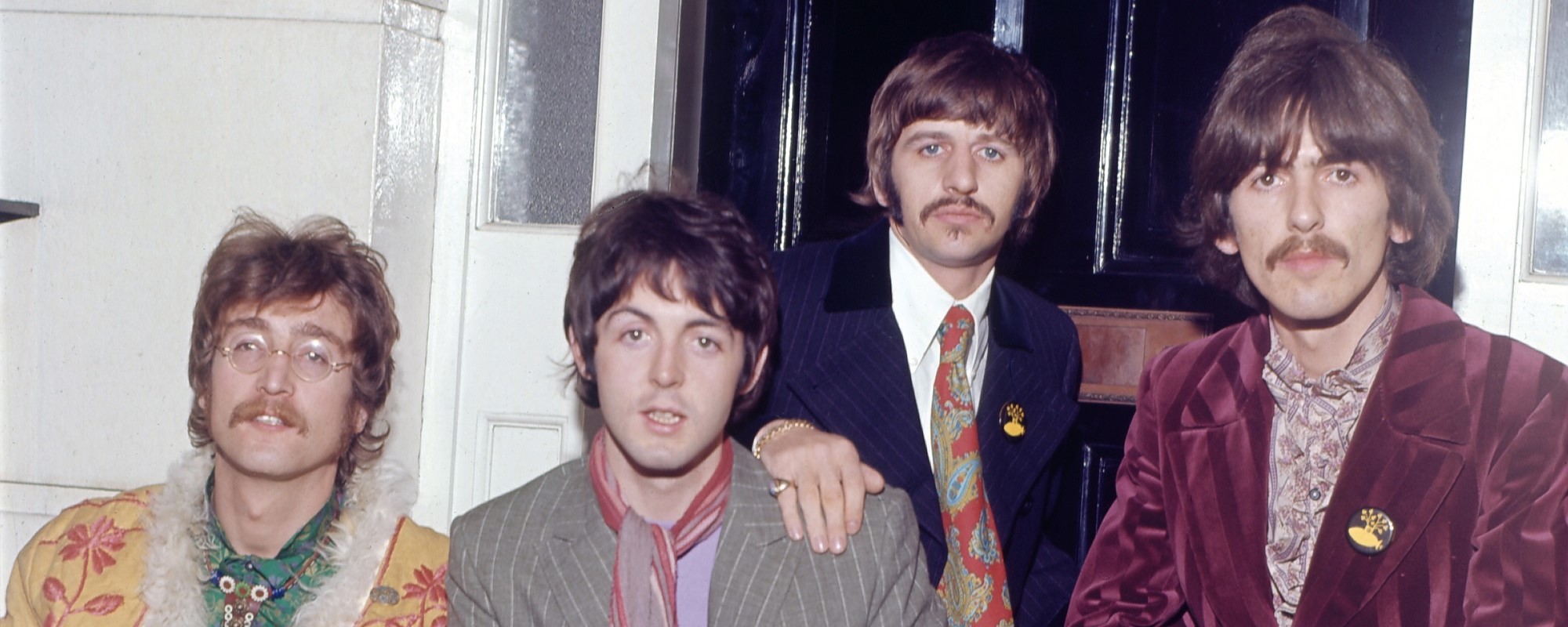


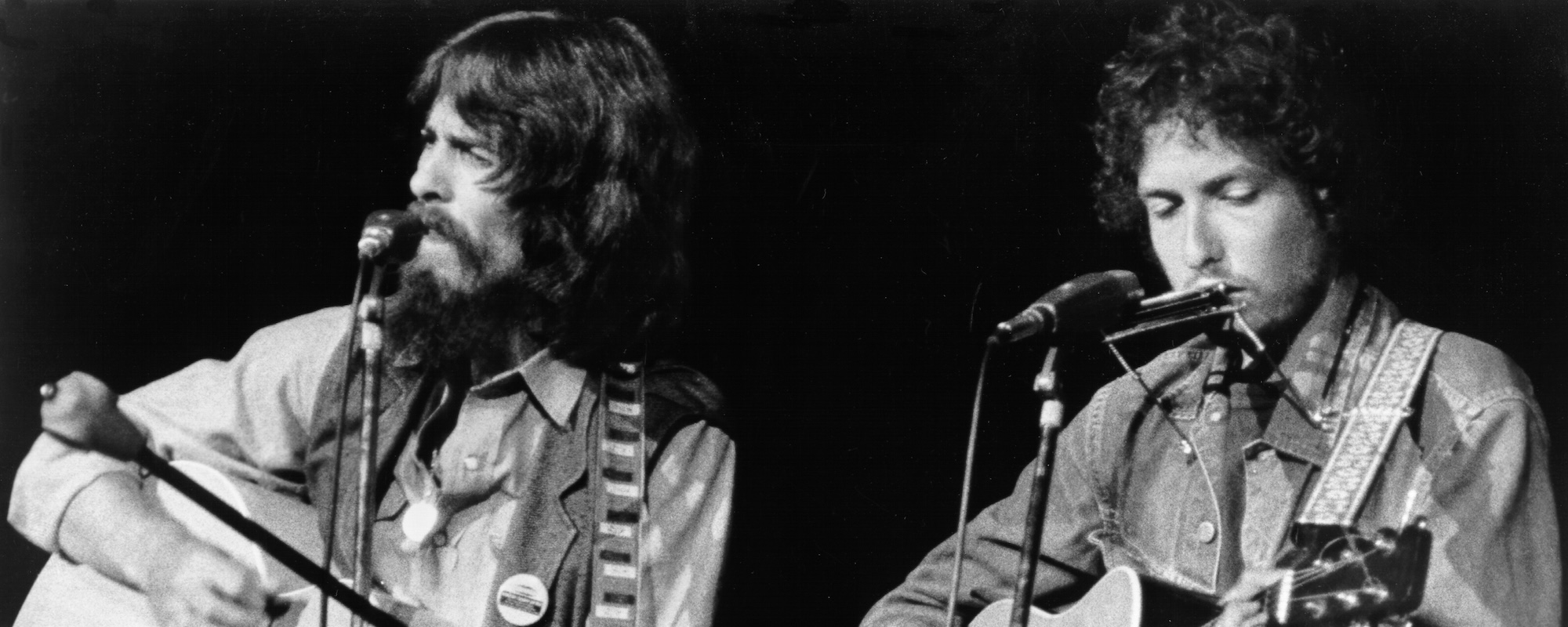

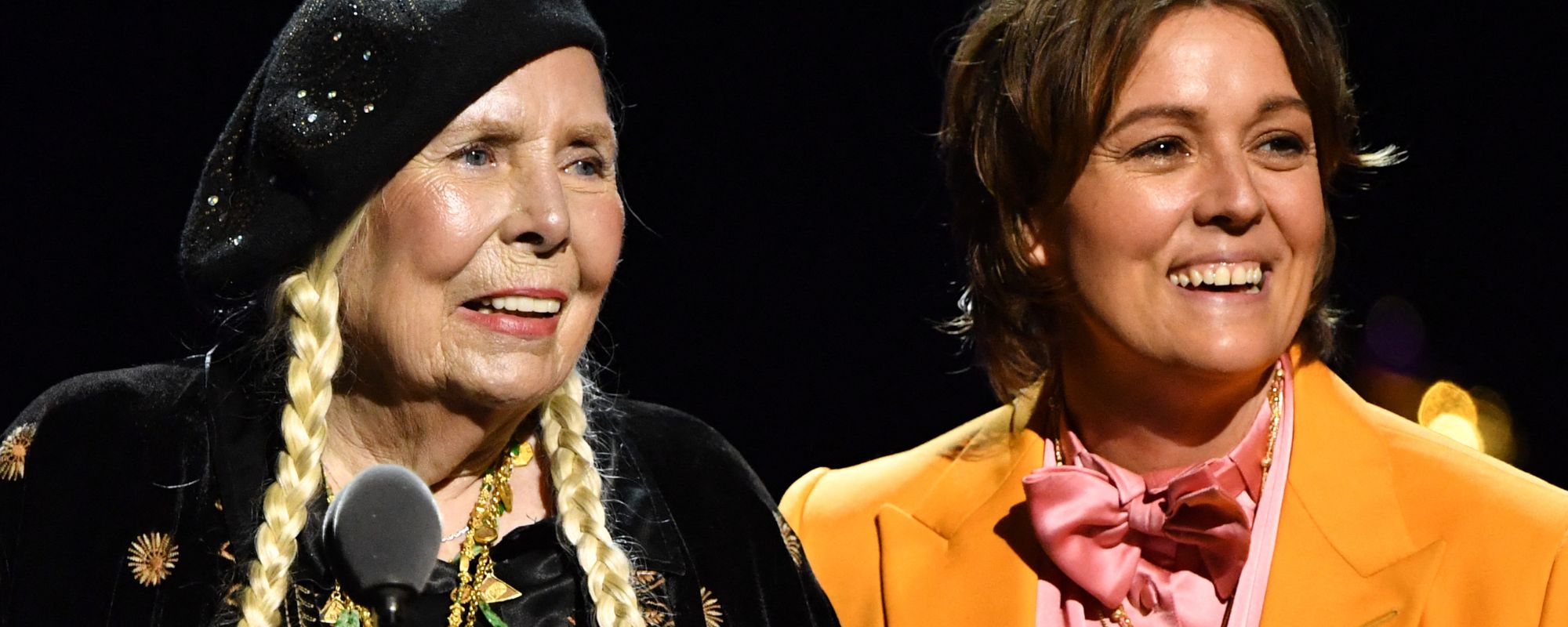

Leave a Reply
Only members can comment. Become a member. Already a member? Log in.